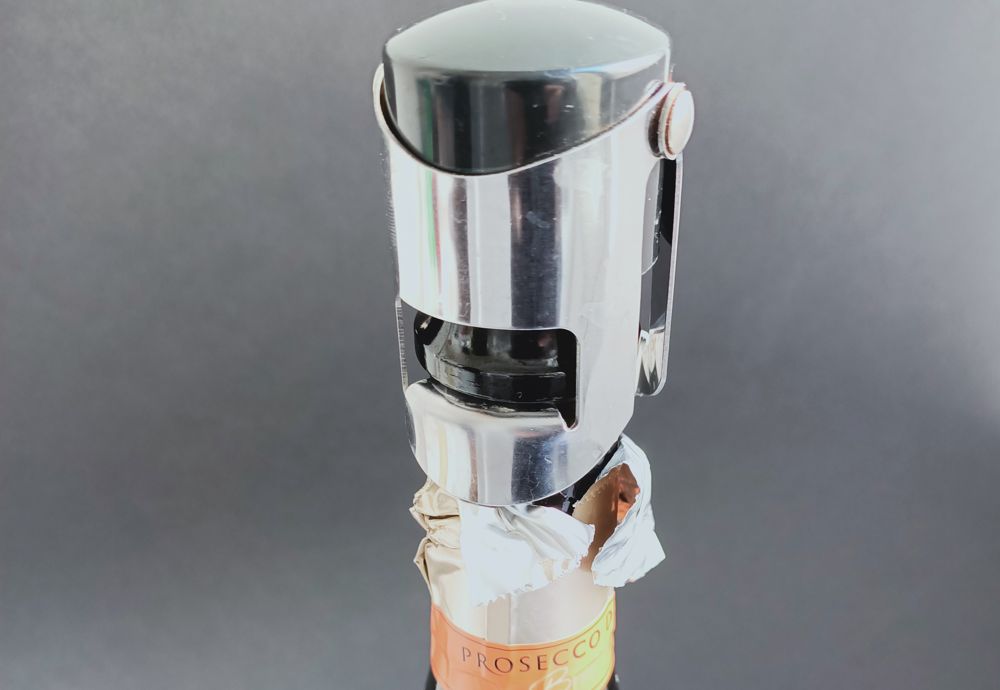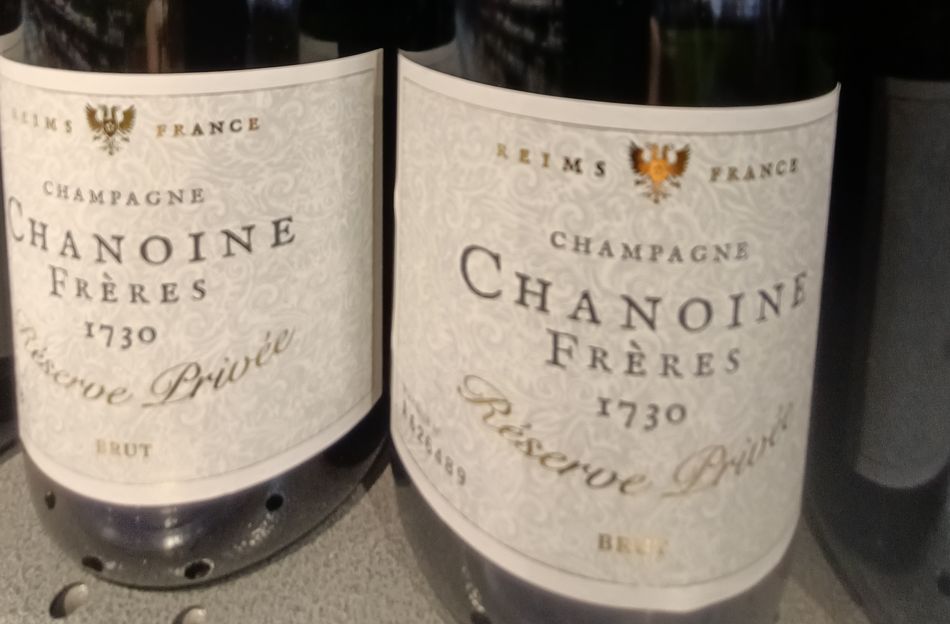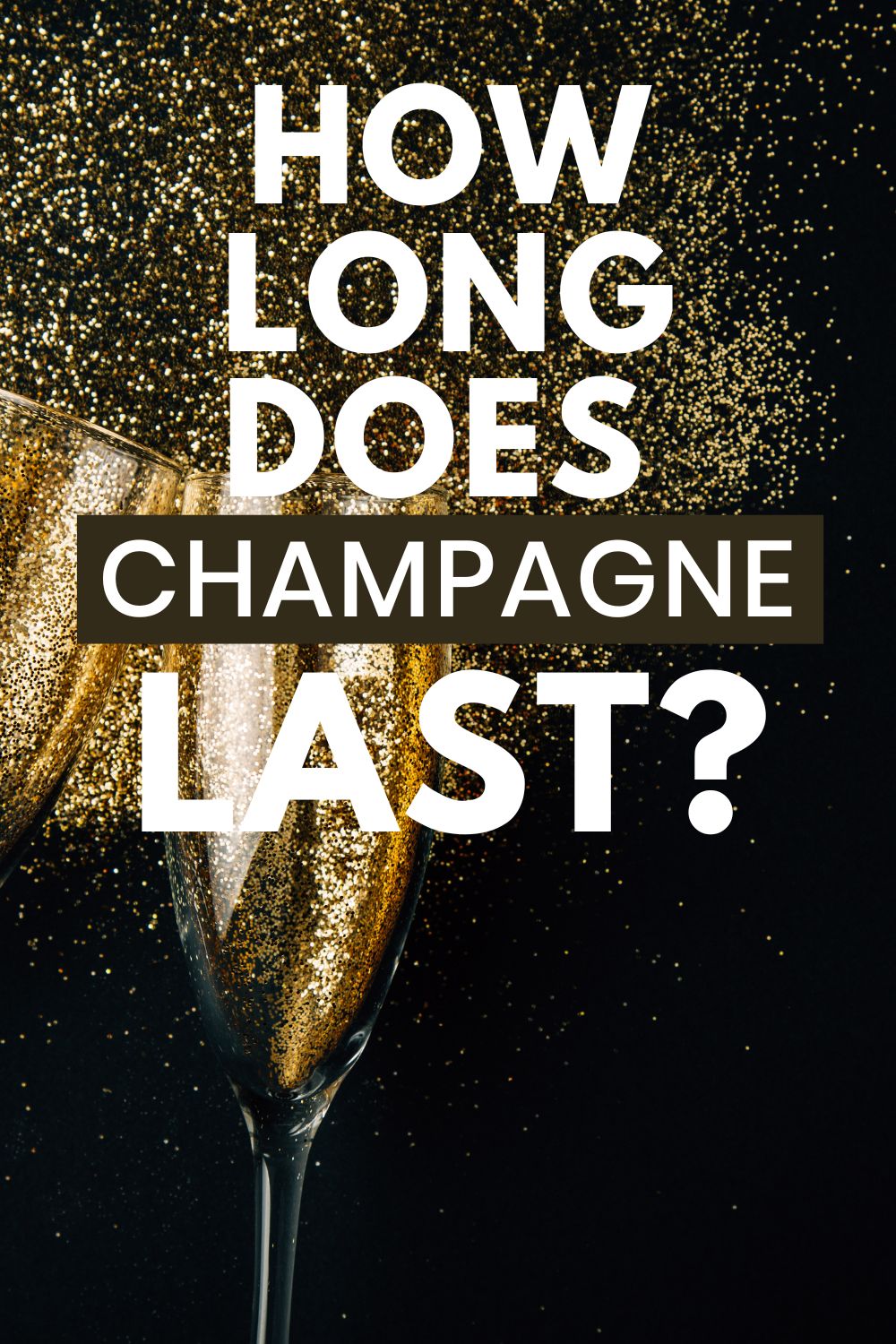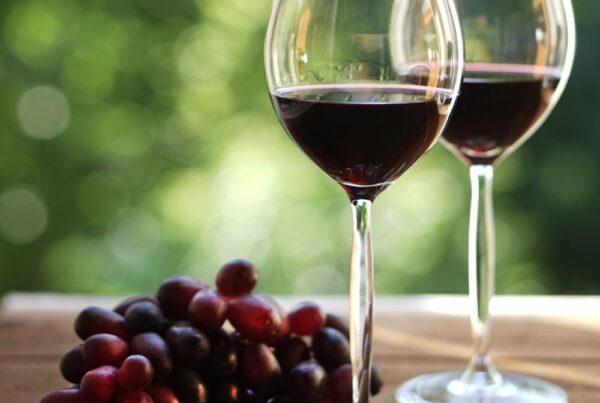As unlikely as unfinished Champagne or Prosecco seems, it appears it occasionally happens. But you don’t need to pour it down the sink, thinking it won’t keep.
So, let’s go through a couple of simple things that you can do to maintain the fizz in your bubbly.

Contents
Use a Champagne/Cava stopper
If you drink Champagne or Prosecco regularly or reasonably regularly, it is worth thinking about investing in a wine stopper made specifically for sparkling wines.
A regular Champagne/Cava stopper (like the one pictured below) costs just a few Euros or dollars and you can usually find them in supermarkets or home stores.
That said, any kind of stopper that keeps the CO2 in the bottle will work, e.g., an old wine cork or a synthetic stopper.

Champagne/Cava wine stoppers can, as previously mentioned, be picked up for less than five euros/dollars, but you can also find more expensive branded ones and fancy versions, like the “Bubble Indicator”.
The Bubble Indicator has a pressure indicator that tells you about the bubble pressure in the form of a white and gold ring. When the ring starts to disappear, it’s time to finish the bottle.

If you are really in a bind and don’t have a stopper, try wrapping some cling film or other nonporous material over the top and secure tightly with a rubber band, a hair band or string.
Keep it cool
Cool air slows down the release of gas bubbles, so remember to put your Prosecco or Champagne back in the fridge (with a stopper) immediately after pouring.

How long Prosecco/Champagne lasts after opening
It is preferable to consume Champagne and sparkling wines like Cava, Crémant or Prosecco immediately. It’s clearly going to taste better on day one than on day five.
How long it lasts will depend on the quality of the bottle you are drinking and on the quality of storage. The best way to tell if it is still drinkable is to pour a glass and perform a quick analysis.
That said, Champagne and sparkling wines should last 3-5 days after opening when stored correctly
Signs your Champagne may be gone bad
- Has the wine changed to a darker color yellow than when you first opened it?
- Can you detect a vinegar-like aroma?
- Does the wine taste sour?
- Are all the bubbles gone/Is it flat?
To read more about this, see our article on how to tell when wine has gone bad.
Does placing a spoon into the neck of a bottle retain the fizz?
No. This theory has been debunked by scientists.
Only cold air and a stopper slows down the release of CO2 gas.






